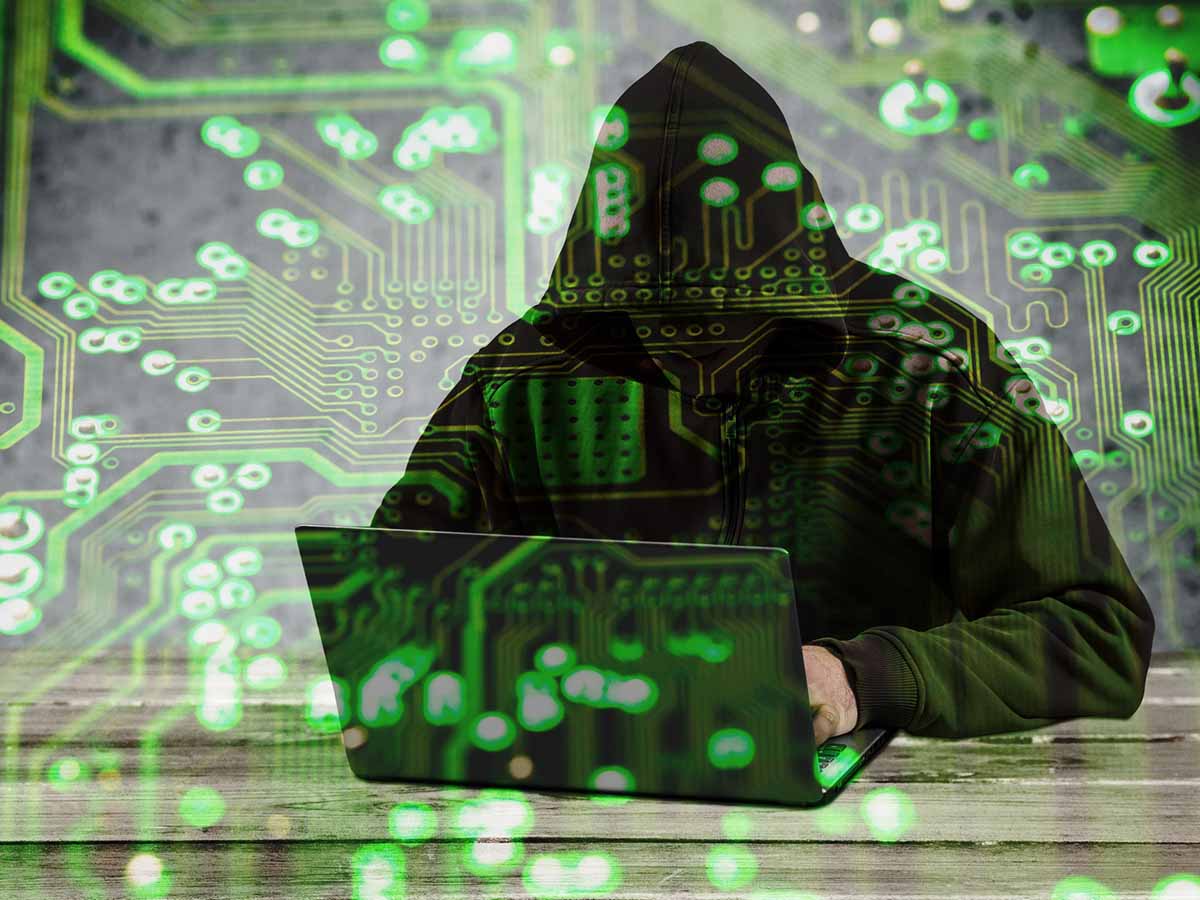A socket pair refers to the combination of two sockets – a client socket and a server socket. The client socket initiates a connection, while the server socket listens for connections. These paired sockets enable two-way communication over the network, allowing data to be sent and received simultaneously.
Socket Pair Examples
1. Web Browsing
When you access the internet, you’re essentially communicating with various websites to receive data. This is possible thanks to a pair of sockets. The client socket, which is linked to your device, initiates a connection request to the server socket attached to the website.
Stay One Step Ahead of Cyber Threats
The server socket actively listens for such requests. Once it picks up your connection initiation, it accepts and creates a dedicated session for your device. This session allows two-way communication between your device and the website, making it possible to access and display the webpage on your browser.
Each time you request to access a different page or different website, your client socket initiates a new connection, and the process repeats. This continuous cycle of listening and responding by the pair of sockets ensures a seamless browsing experience.
2. Email Exchange
Electronic mail, or email, uses sockets to facilitate sending messages from one point to another. The process begins when you hit the send button in your email client such as Microsoft Outlook or Gmail. This action triggers your client socket to connect to the server socket that’s attached to your email server.
The server socket is always listening for any incoming connections from client sockets. Upon detection of your email request, the server socket receives the data from your email client and begins its processing. It uses this information to route your email towards the recipient’s email server.
On the recipient’s end, their email server behaves similarly, utilizing a server socket that picks up the incoming data and routes it to the recipient’s inbox. Thus, the communication process is successful, and you are able to send and receive emails seamlessly.
3. Online Gaming
When it comes to fast-paced online multiplayer games, socket pairs play a crucial role in ensuring real-time action. Your game client on your device uses a socket to send your in-game actions, such as moving or shooting, to the game server.
The game server listens for these action requests from all player sockets. Each server socket is responsible for receiving these signals, processing them in the context of the game world, and updating the game state accordingly.
After these updates, the server uses its socket to send back the revised game state to you and all the other players. This synchronous process continues throughout the course of the game, making it possible for all players to interact in the same online gaming environment in real time.
Conclusion
In essence, socket pairs are fundamental to numerous communication-oriented applications, such as web browsing, email exchange, and online gaming. They ensure seamless data transmission between client and server, enhancing your digital experience by offering real-time connectivity and interaction across the internet.
Key Takeaways
Related Questions
1. What is the difference between a client socket and a server socket?
The primary difference lies in their roles. A client socket initiates a connection, while a server socket listens for connection requests. Essentially, the client socket sends data, and the server socket receives this data.
2. How does a socket pair contribute to streaming services?
Just like in online gaming or web browsing, a client socket, in this case, your device, sends requests via a connection to the streaming server’s socket. The server socket then responds to these requests by sending the required video data for streaming.
3. Are socket pairs only applicable to Internet connections?
No, socket pairs can be used inside a single computer system as well for interprocess communication. The sockets can help establish a connection between two different software processes within the same system.
4. Are sockets secure for transferring data?
On their own, sockets don’t provide encryption or any other security mechanisms. However, they can be wrapped in secure layers, like SSL/TLS, to ensure secure data transfer over the network.
5. Can multiple client sockets connect to a single server socket?
Yes, a single server socket can handle multiple incoming client connections. This concept is essential for applications like web servers and game servers, where multiple clients interact with one server simultaneously.
"Amateurs hack systems, professionals hack people."
-- Bruce Schneier, a renown computer security professional






